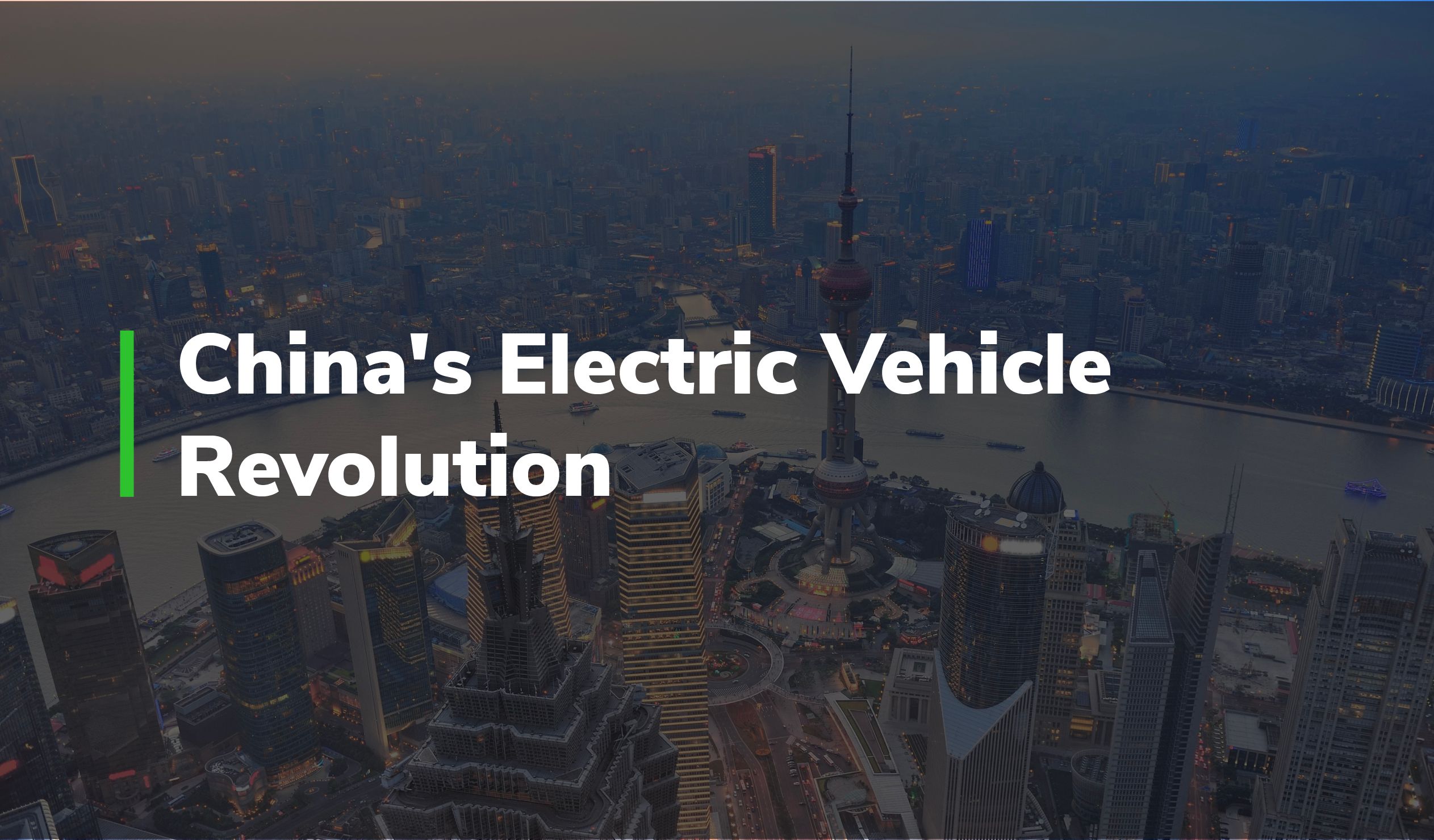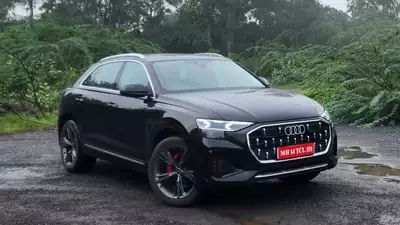The global shift to electric vehicles (EVs) is transforming urban air quality, and China is at the forefront, with over 22 million EVs cleaning the air in cities like Beijing, Wuhan, and Shenzhen. As India faces similar air quality challenges, particularly in cities like Delhi, China’s experience offers valuable insights on accelerating EV adoption.
Since 2008, China has implemented extensive policies at national and regional levels to promote EVs, from sales mandates and tax incentives to charging infrastructure and manufacturing support. By 2023, EVs made up 40% of new car sales in China, with cities like Shenzhen and Tianjin converting their entire bus fleets to electric. Some regions aim for 80% EVs among new buses, taxis, and transport vehicles by 2025, with plans to fully electrify transit fleets in over 30 cities.
In addition to regulatory support, China invested INR 2.34 lakh crore in purchase subsidies between 2009 and 2022, reducing EV costs for consumers. Local governments further encouraged adoption, as seen in Henan’s additional subsidies, while large-scale domestic battery production helped drive down costs.
India’s EV policy framework shares similarities but remains in a developmental phase. Through initiatives like the FAME Scheme and PM E-DRIVE, India has rolled out purchase subsidies and is scaling its charging infrastructure. Production-linked incentives (PLI) are also driving local manufacturing for EV components and batteries. Although India has deployed over 5,000 e-buses with plans for more, its spending and scale remain modest compared to China, impacting the pace of adoption.
While states like Delhi offer strong incentives, many other state policies lack consistent updates, slowing growth. Additionally, the limited support for e-4Ws, despite slow adoption rates in this segment, could further hinder progress toward India’s EV30@30 goal.
For India to see immediate air quality improvements, ambitious adoption targets, backed by robust mandates and city-level programs, will be crucial. Adapting China’s holistic approach to EV policy, funding, and infrastructure could enable India to accelerate its EV journey and achieve a cleaner, sustainable future.




